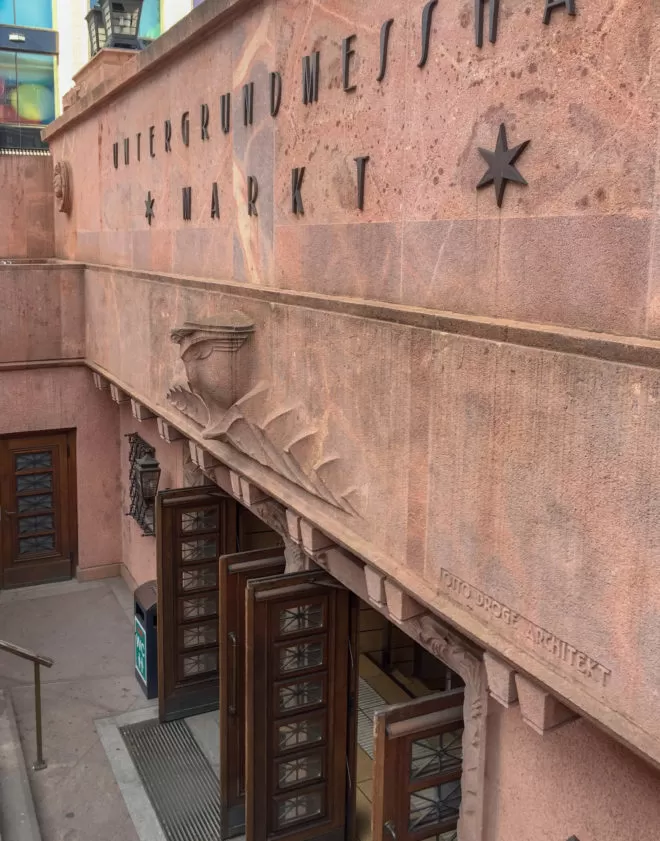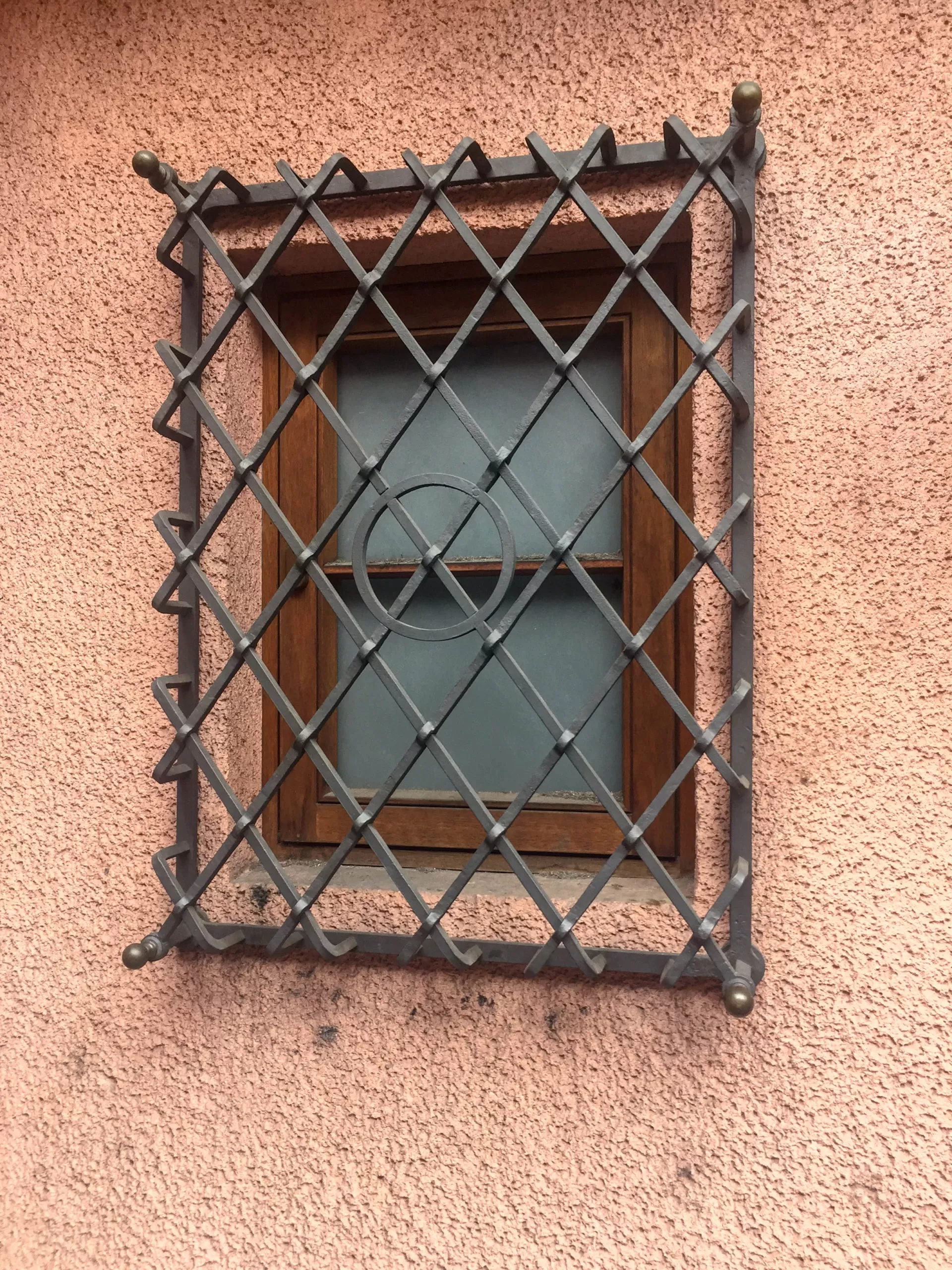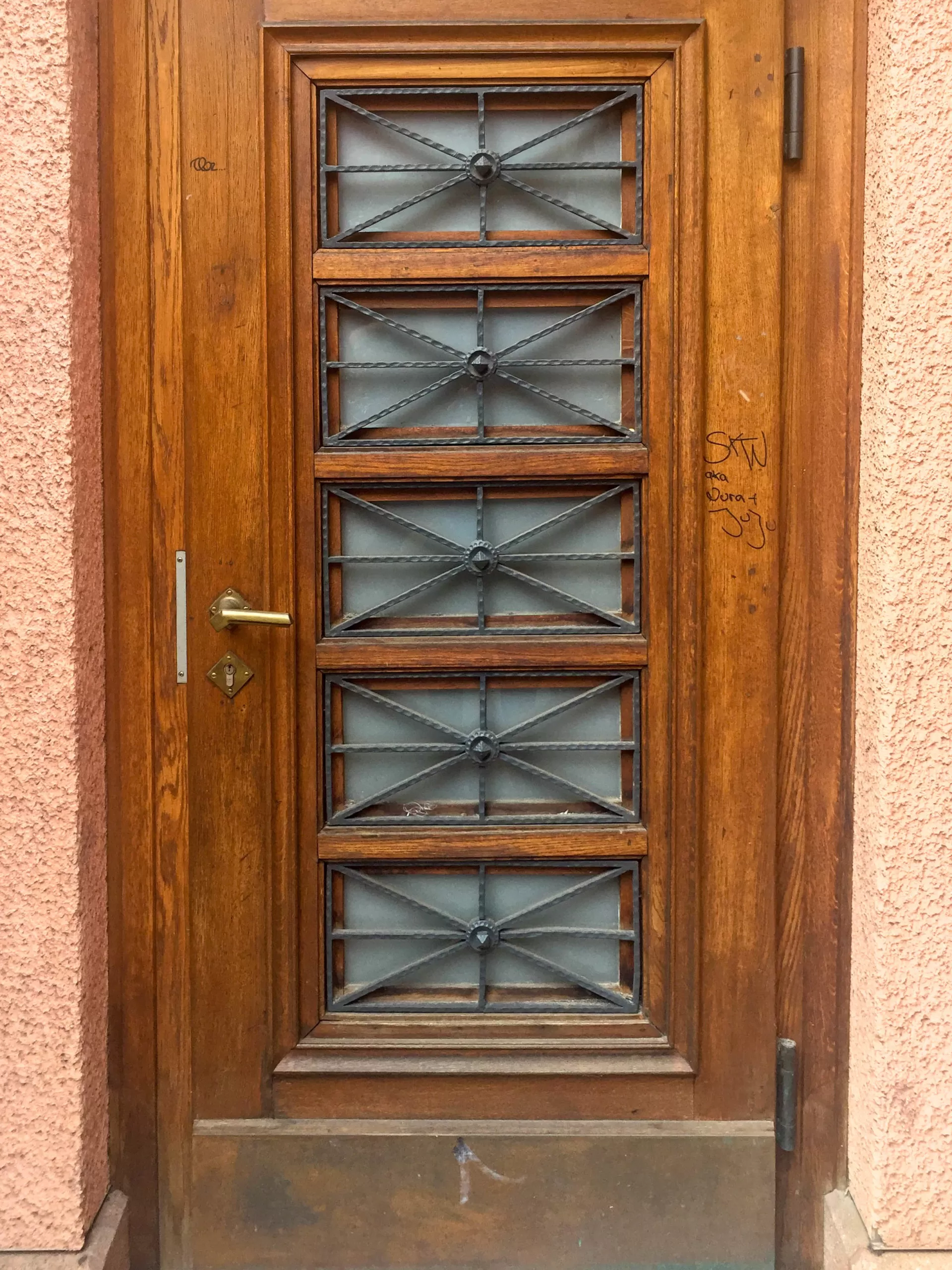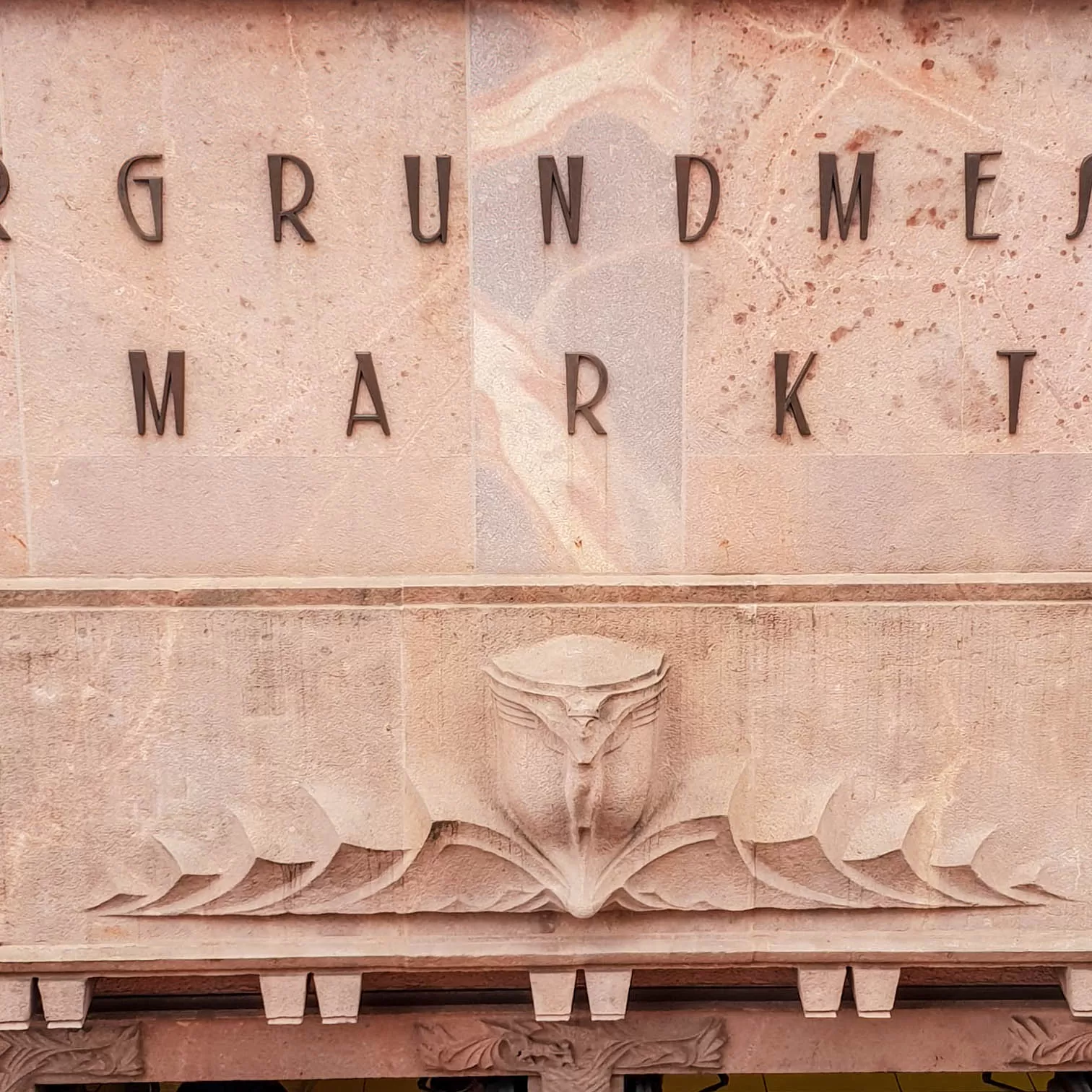
Entrance building of the underground exhibition hall, 1924/1925. Architect: Otto Droge. Photo: Daniela Christmann
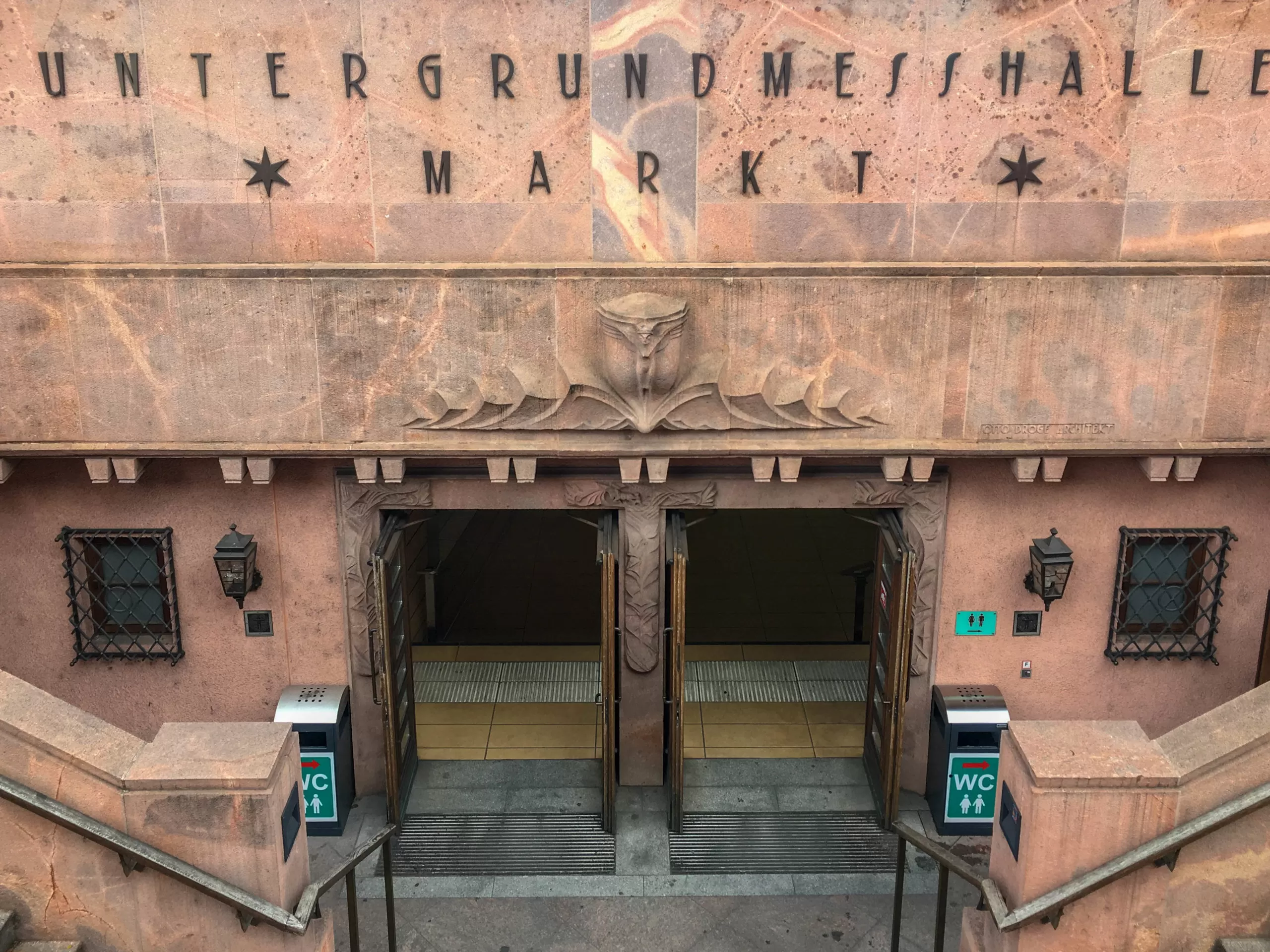
Entrance building of the underground exhibition hall, 1924/1925. Architect: Otto Droge. Photo: Daniela Christmann
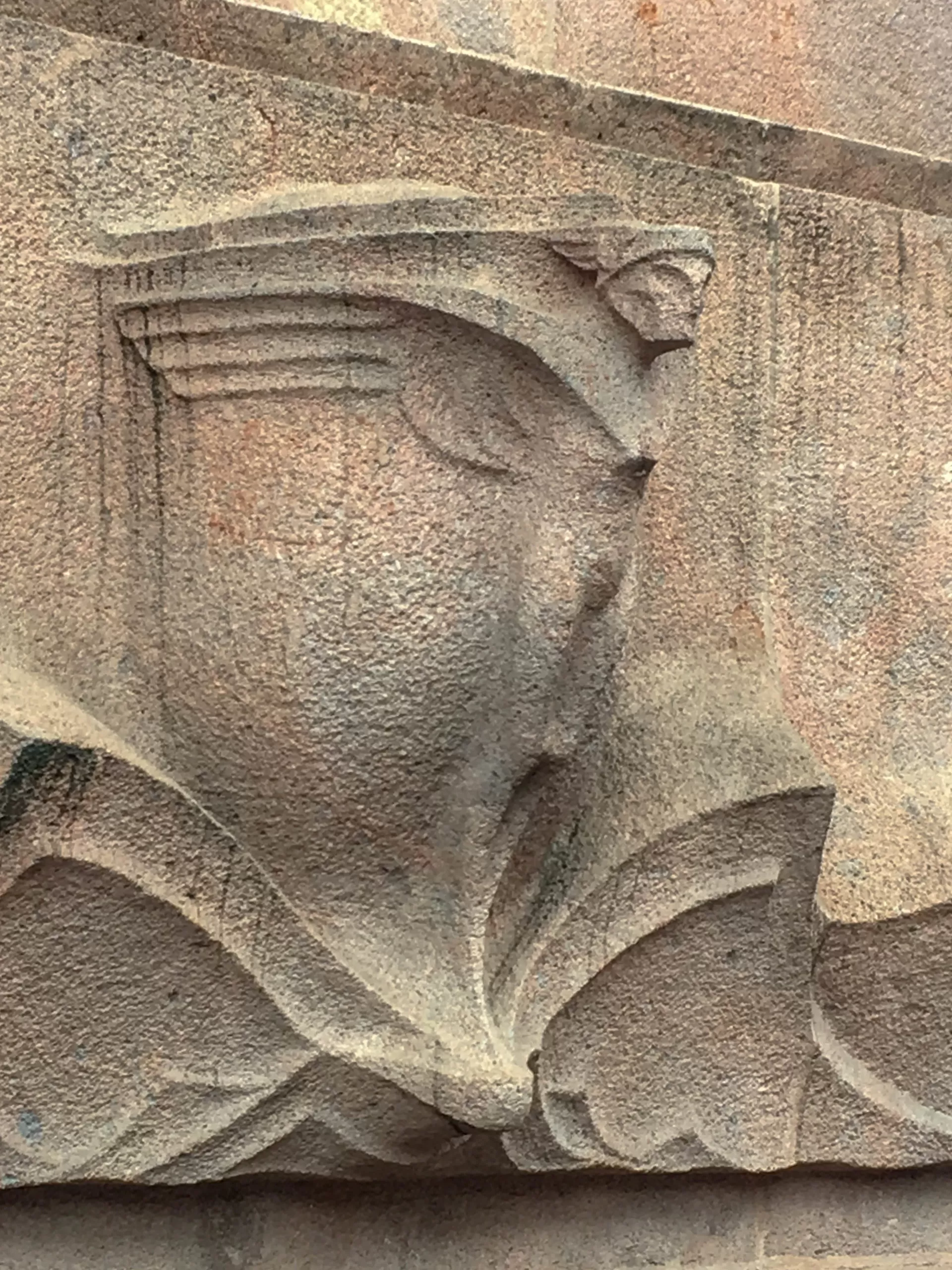
Entrance building of the underground exhibition hall, 1924/1925. Architect: Otto Droge. Photo: Daniela Christmann
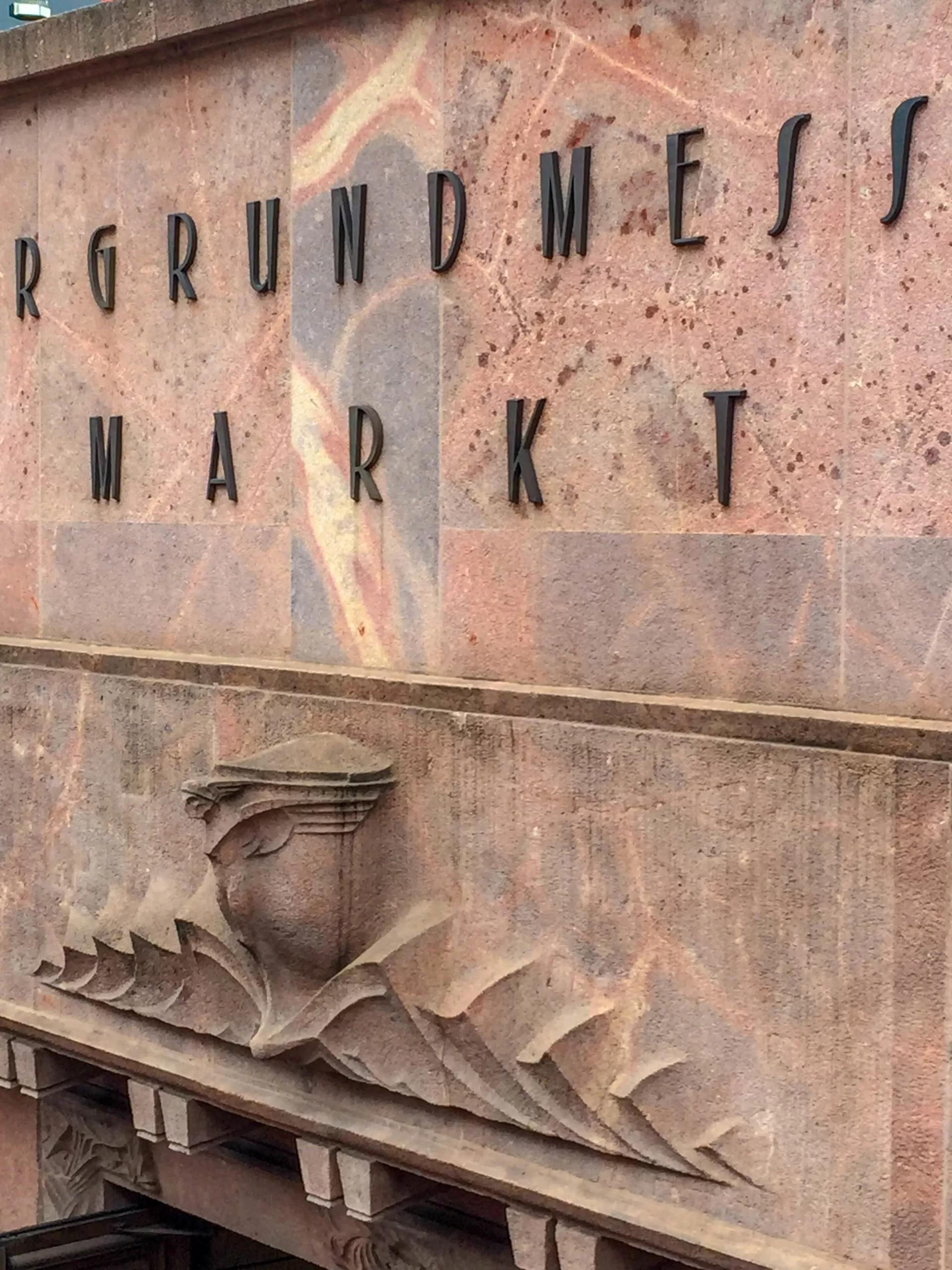
Entrance building of the underground exhibition hall, 1924/1925. Architect: Otto Droge. Photo: Daniela Christmann
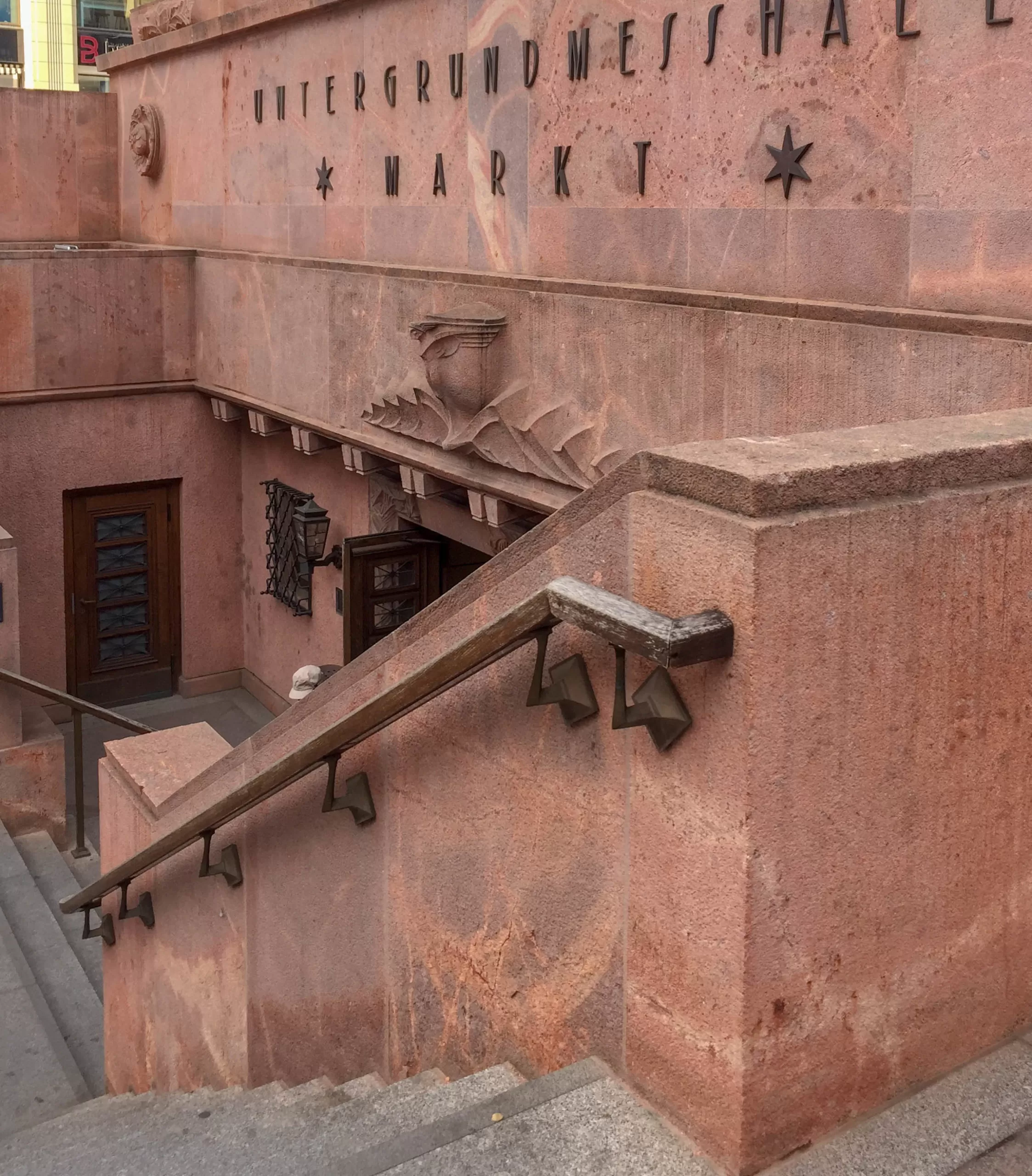
Entrance building of the underground exhibition hall, 1924/1925. Architect: Otto Droge. Photo: Daniela Christmann
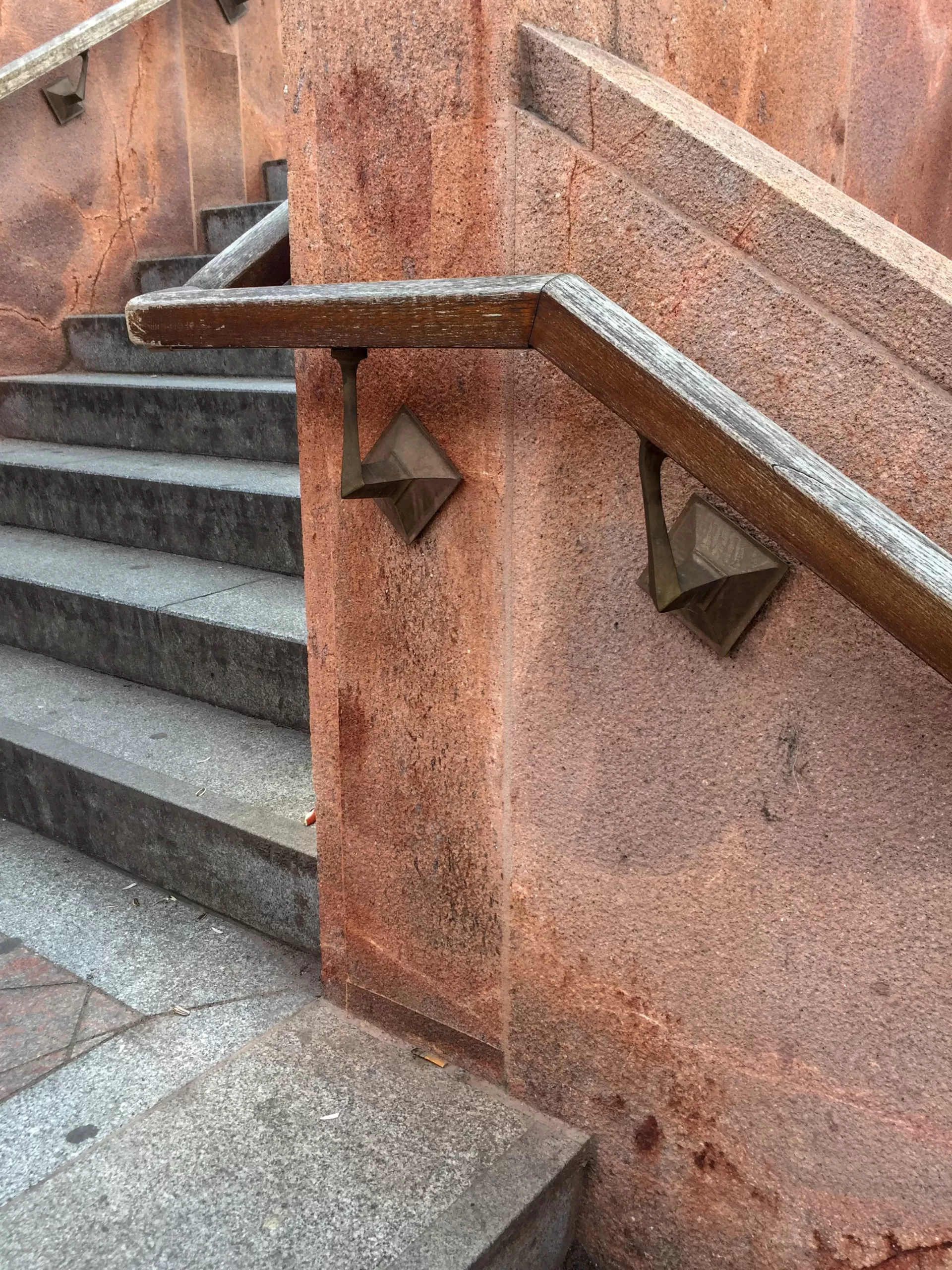
Entrance building of the underground exhibition hall, 1924/1925. Architect: Otto Droge. Photo: Daniela Christmann
1924 – 1925
Architects: Otto Droge (Entrance Building), Carl Crämer (Exhibition Hall)
Markt 1, Leipzig, Germany
The underground exhibition hall at the market in downtown Leipzig by architect Carl Crämer was the first underground exhibition building in the world.
Leipzig Trade Fair
In 1919, the number of exhibitors at the Leipzig Trade Fair increased to such an extent that it was decided to move underground in order to continue to benefit from the central location on the market.
On May 28, 1924, excavation work began for the underground exhibition hall. When it was completed for the Leipzig Spring Fair in 1925, it provided space for 175 exhibitors on an area of 1,800 square meters.
Underground Exhibition Hall
The nine-bay, single-story reinforced concrete hall was accessed by four aisles running lengthwise from the entrance building.
Exhibition booths of varying sizes were located on either side of the aisles. Walls and columns inside the hall were plastered, the ceilings sparsely painted.
The height of the hall decreased towards the eastern side, due to the slope of the marketplace.
Entrance Building
The entrance building, designed by architect Otto Droge, was made of Rochlitz porphyry tuff.
The entry, designed as a two-flight staircase without a roof, moderately recedes behind the historic buildings on the market square.
Renovation and Demolition
From 1986 to 1988, the underground exhibition hall was renovated. In 2003, the underground exhibition hall, except for the entrance building, was demolished in the course of the construction of the Leipzig City Tunnel.
Today, the entrance to the Markt S-Bahn station in Leipzig’s city center is located here.
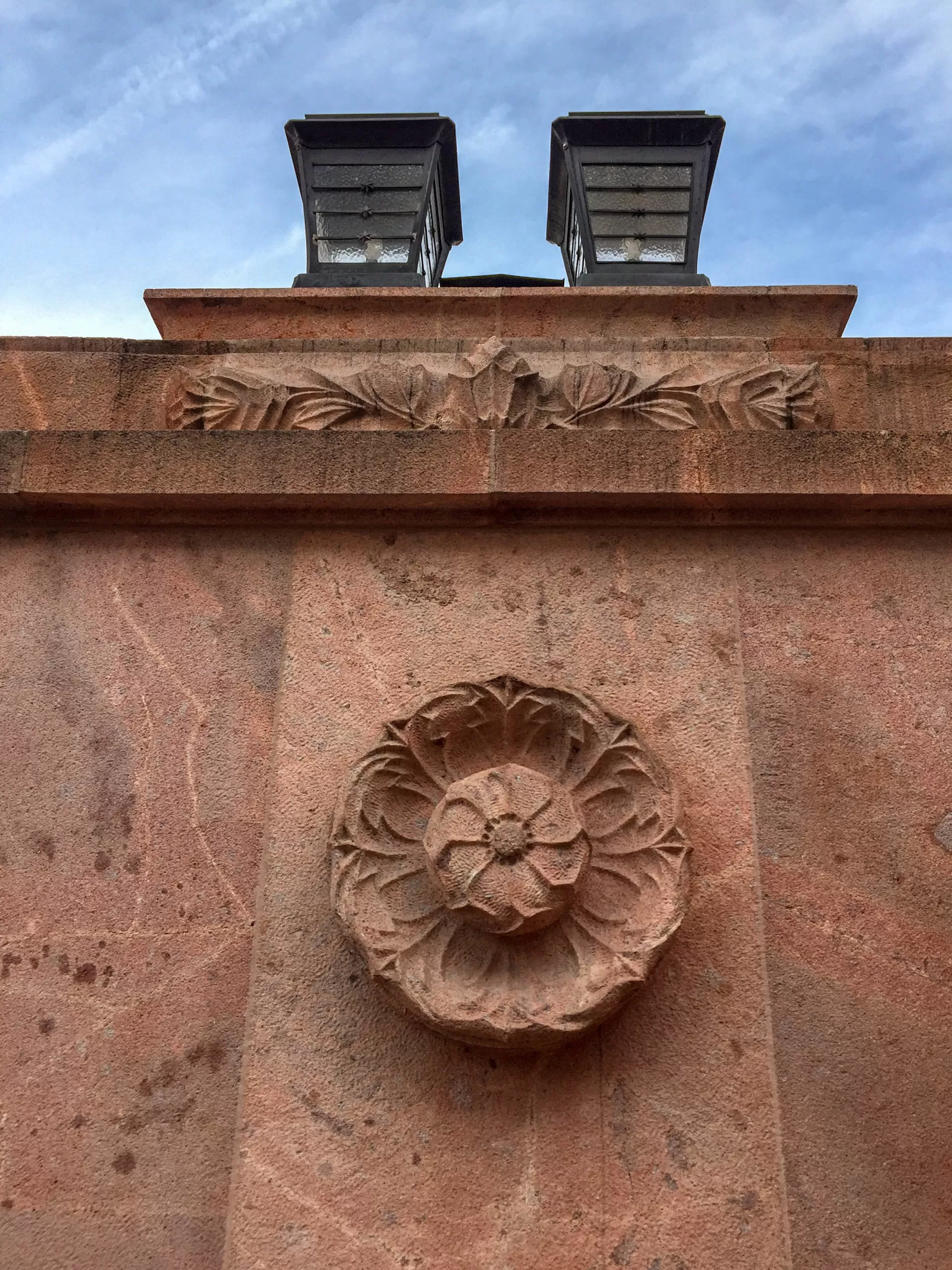
Entrance building of the underground exhibition hall, 1924/1925. Architect: Otto Droge. Photo: Daniela Christmann
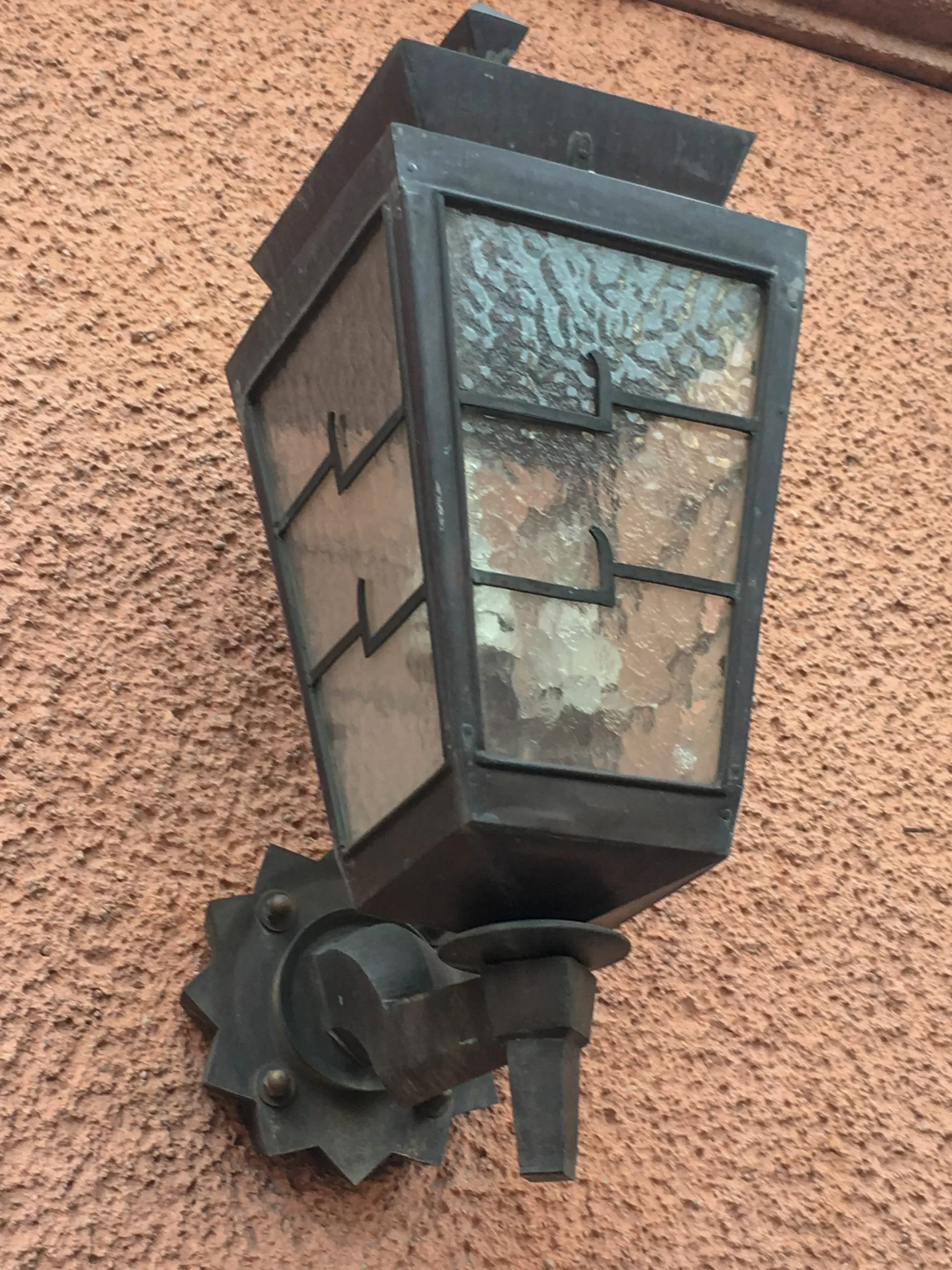
Entrance building of the underground exhibition hall, 1924/1925. Architect: Otto Droge. Photo: Daniela Christmann

